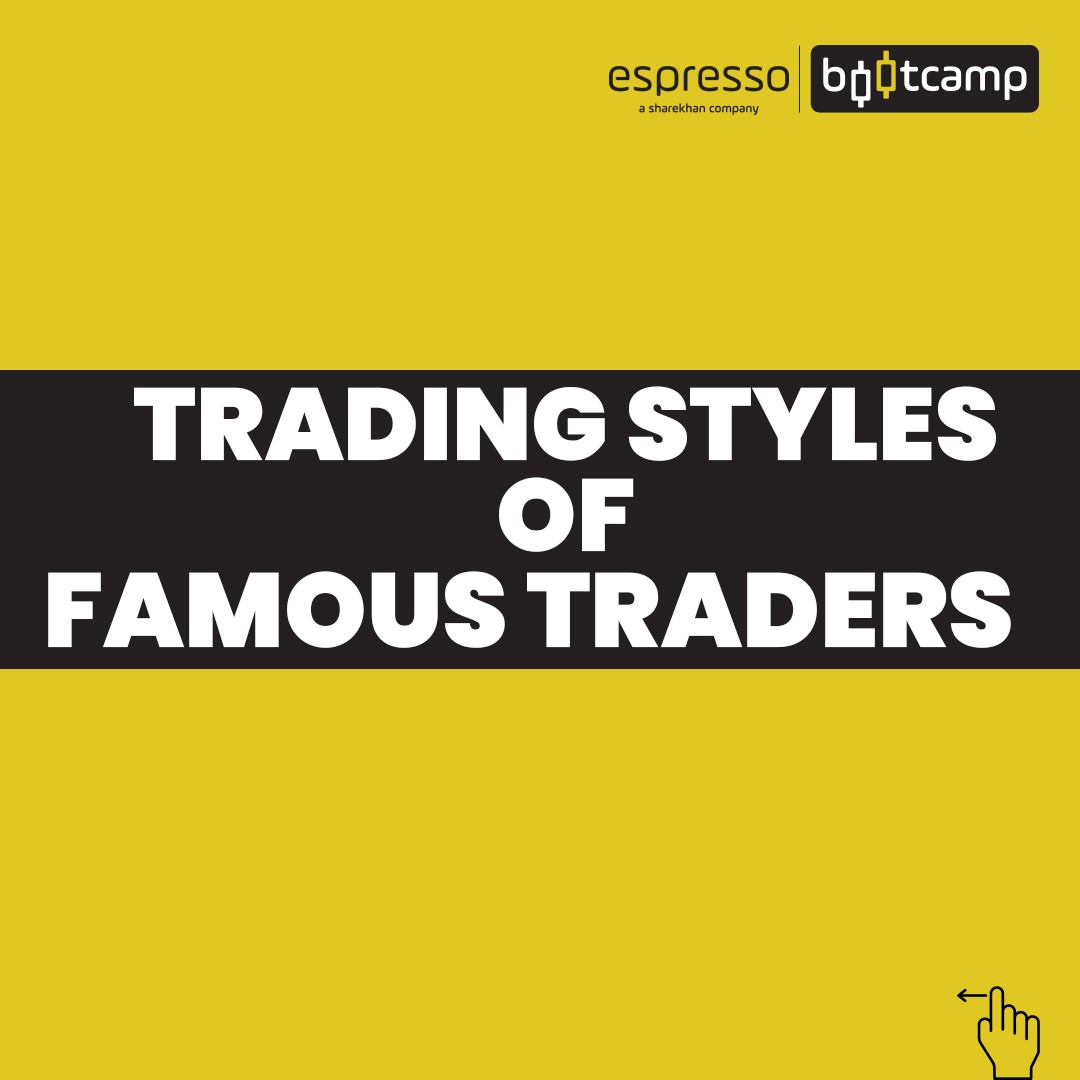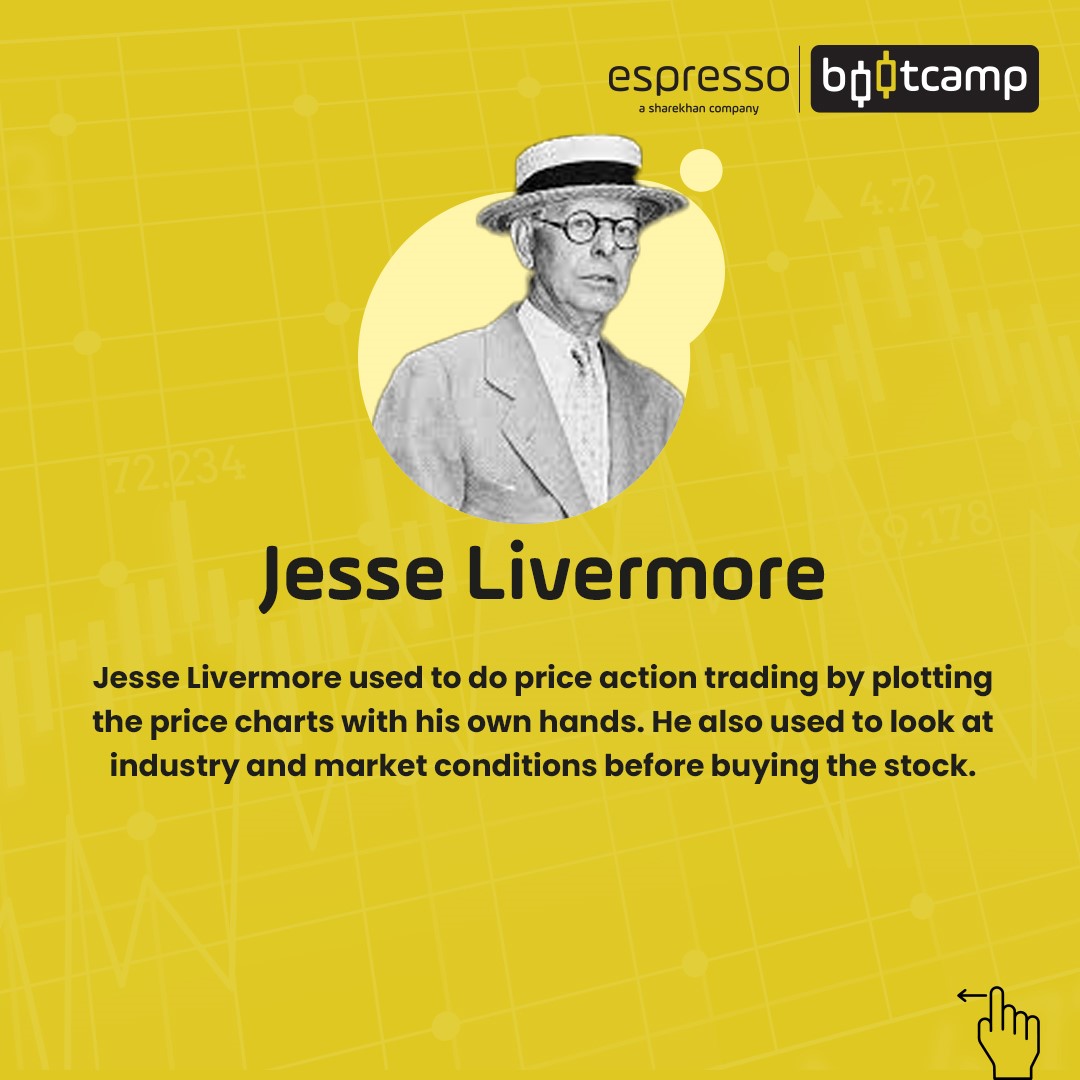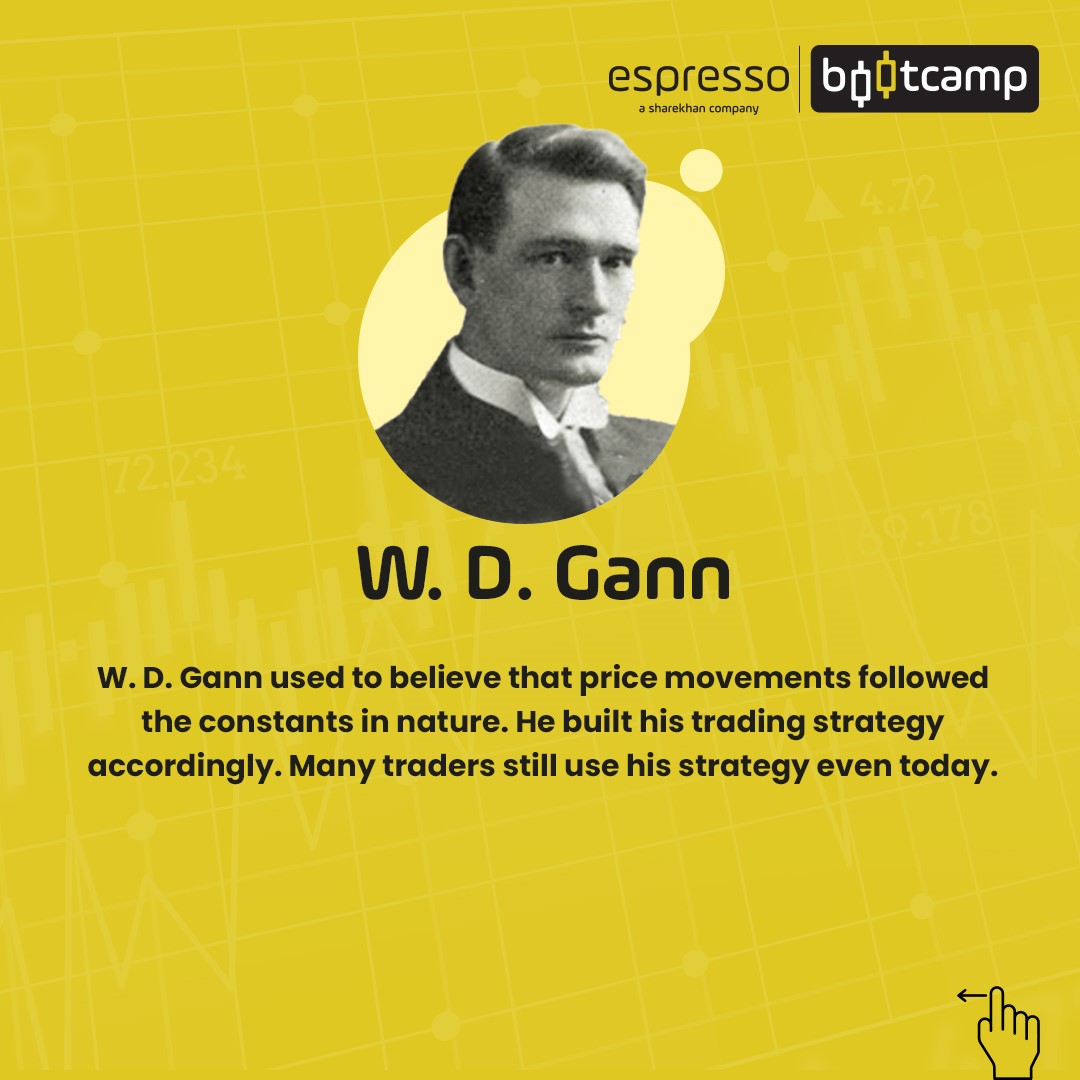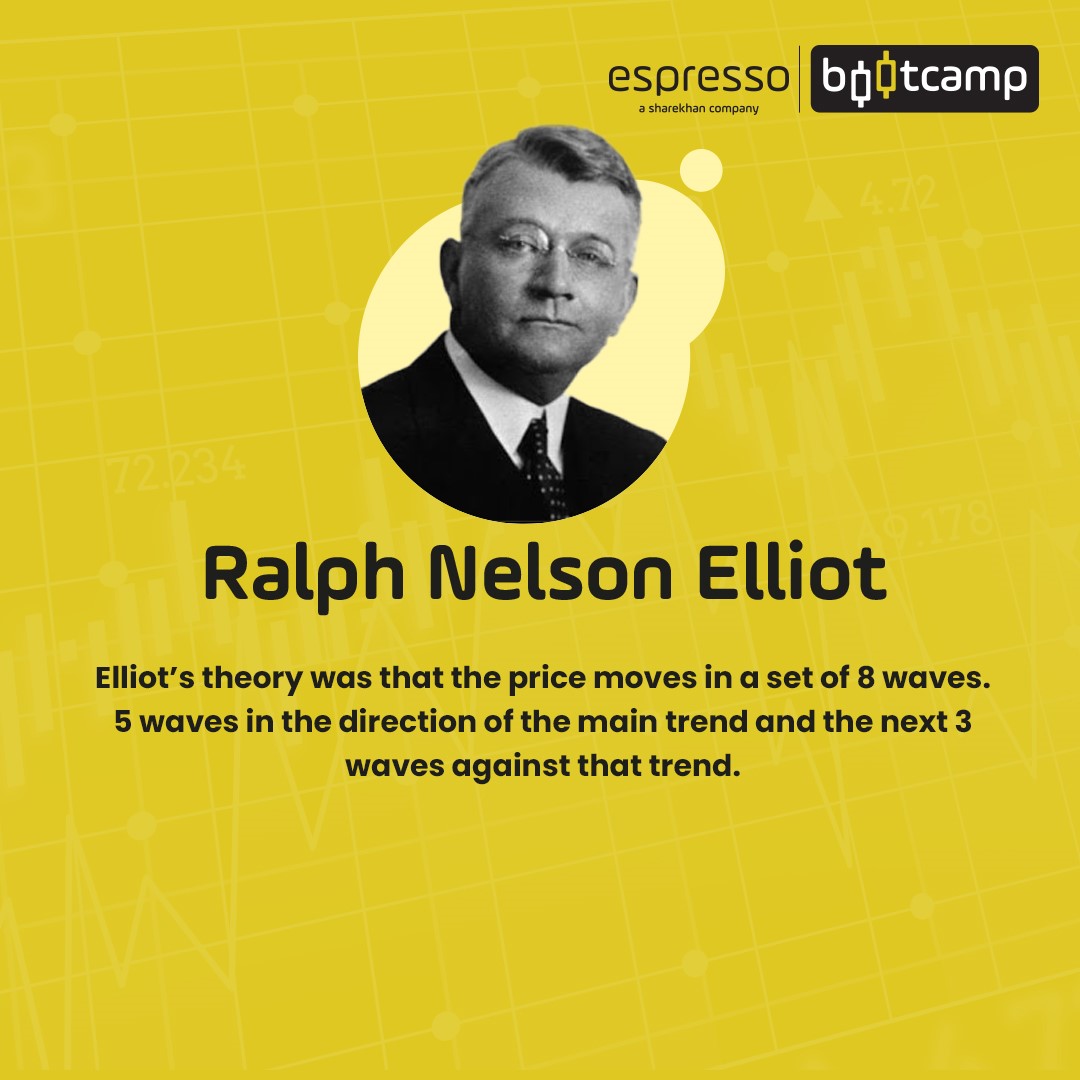Stock market traders, as they gain experience and are able to read the markets in a much more calibrated way, do their own research and use different permutations and combinations of trading strategies to develop their own unique strategy. As the success rate of their new strategy increases and their secret leaks into the public domain, more and more traders start following their strategy/style in order to replicate the success achieved by the trader who developed the strategy.
Here we look at a few of the strategies followed by the renowned traders who managed to make a name for themselves in the stock trading world.




Paul Tudor Jones’ strategy
Paul Tudor Jones is the founder of Tudor Investment Corporation, which was founded in 1980. Since then, his company has accumulated assets worth $38 billion, while his own net worth stands at a whopping $7 billion.
His approach
The approach of Jones involves the studies of the flow of capital across markets and how different markets affect each other. He studies multiple markets and identifies the change of trend in some sectors, based on which he speculates the likely movement of prices as well as change in the other sectors. His approach is to look at macro things and trades in swings of larger trends.
Jones became a big name in financial markets because of his Black Monday Short, through which he was able to capture a 22 percent market crash while the other traders incurred huge losses. His portfolio appreciated 60 percent that month and 200 percent during that year. His main focus area is risk management. When any losing trader would focus on the potential winnings that he lost, Jones strictly advises against having this kind of mindset. He states, “If everyone spent 90 percent of their time on that, rather than 90 percent of their time on pie-in-the-sky ideas about how much money they’re going to make, then they’d be incredibly successful investors”.
200-Day Moving Average
Since almost all of Jones’ trades are swing trades, he primarily uses the 200 DMA to take positions as that enables him to use larger time frames, play defence and get out. It was based on the 200 DMA that he shorted the market during the 1987 crash when the market levels dipped below the 200 DMA.
Risk reward ratio
Jones’ risk-reward ratio is a staggering 1:5, i.e. for every dollar he invests in the market, he aims to earn 5 times from that investment. This results in a hit rate of 20 percent for which he says that even if he is wrong 80 percent of the time, he will not lose money. He attributes a lot of his success to his ability to manage his positions and risks.
Jesse Livermore Trading Methods
Livermore relied more on trends than anything else and believed that if one thought a stock would move in a certain way, he should enter a trade as early as possible after the market had confirmed his hypothesis/judgement.
“I never benefited much from a move if I did not get in somewhere near the beginning of the move. And the reason is that I missed the backlog of profit which is very necessary to provide the courage and patience to sit through a move until the end comes – and to stay through any minor reactions or rallies which were bound to occur from time to time before the movement had completed its course”, Livermore said.
He always stayed away from stocks that showed small price movements without any strong trends and always tried to find patterns in the prices of the stocks. He would always wait for a confirmation that a trend was forming as per his hypothesis and then would enter the trade.
Livermore would look for the fulfilment of below few premises to judge whether the trade is good for entry:
- The move should be backed by an unusually large volume
- The price movement should generally be unidirectional (either up/down) for a few days
- It should be observed that volume will decrease vis-à-vis the volumes at the beginning of the trend, and the price may slightly waver against the trend. This was termed the normal reaction
- There should be an increase in volume, and the price should resume its trend within a couple of days of a normal reaction
If this kind of pattern is repeated, then it is a confirmation to go for the trade; otherwise, it is a warning.
Trading using Darvas Box
The Darvas box is based on the principle of following the trends and where a trader does not anticipate a market move. It is more of a reactive method rather than the predictive one. Darvas always traded in the stocks that were coming out of consolidation and were in a strong uptrend to make their new highs. Rules of Darvas Box Trading Below are the set of rules to be followed while using Darvas box trading
- A stock is making a new 52-week high
- There are three consecutive days after the high is set that does not exceed the high
- The new high becomes the top of the box, and the breakout point leading to the new high becomes the low of the box
- Buy the break of the box once it exceeds the high by a few points
- Sell the low of the box if it is breached
- Add to your position as it moves into each new box
The Darvas Box works very well during strong uptrends witnessed in bull markets, as a trader has to keep adding as the trend becomes stronger. Risks associated with Darvas Box
This strategy doesn’t work well in below situations:
- Entering a breakout trade in bear markets
- Entering a breakout trade in a stock that is trading near its 52-week low
- Entering a breakout trade in a market that is moving sideways
- Not maintaining a proper stop loss
Turtle Trading
This trading strategy was developed by an American trader Richard Dennis who taught this strategy to his student, whom he called ‘turtles’ and gave them his own money and taught several rules of his trading system. He believed in the idea of trading only on the basis of set rules and eliminating everything else, especially emotions.
Trading Philosophy
This strategy is based on the philosophy of following the trend backed by sustained momentum. This strategy can be used across various kinds of financial markets to identify the breakouts in either direction. He taught this strategy to 14 students, famously known as turtles, in which he taught them how to trade mechanically with the help of set rules rather than depend upon their gut feel.
Turtle trading rules
- Trading markets rule This rule required the turtles to trade futures contracts in highly liquid markets, which allowed them easy entry and exit without moving the markets. The turtles followed this rule and traded S&P 500, metals, currencies, bonds and commodities.
- Position sizing rule To trade under this rule, Dennis asked his students to use a position sizing algorithm which normalized the dollar volatility in a trade by adjusting the size of the trade depending on the market’s dollar volatility.
- Entries rule The turtles used two different entry systems under this rule. They used a 20-day breakout as one entry system, which was also known as the 20-day high or low, while the other system used a 55-day breakout.
- Stop-loss rule The turtles were strictly made to follow a stop-loss mechanism to minimise the quantum of loss. It was mandatory for turtles to identify their stop loss/risk before entering any trade.
- The Exit rule Dennis explained the importance of the right exit under this rule. He was a firm believer that exiting a trade too early can severely impact potential earnings. This mistake is a common mistake committed by trend traders.
- The Tactics rule As per this rule, the turtles learnt various tactics or specifics about how and when to use limit orders, how to trade in fast-moving markets, and how to be patient before entering a trade. He also taught them how to buy the strongest markets and sell the weakest ones.
The crux of turtle trading is that it is very essential to exclude emotions while trading, which most traders are unable to do. Traders which are able to do this can go on to become really successful traders.
Three strategies of Linda Raschke
Linda Bradford Raschke is an American trader who has been trading for more than 35 years. She is known for her three strategies that are widely accepted in the trading world. As a rule, she used to take positions only for short time intervals, usually lasting for 10-15 minutes and would take 3-4 trades in a day.
The 80-20 trading strategy This strategy is generally used in intra-day trading and uses the pretext of the false breakaway of a range. This is based on the formation of a specific intraday candlestick which has a long body and short shadows. A candlestick with 80 percent body and 20 percent shadow indicates the trades for the next day. According to Raschke, in such a scenario, the market reversal is likely the next day. She named such a candlestick as a momentum stick.
After the formation of the momentum candlestick, she would wait for the price to escape the limits of a closing price of the momentum candlestick for 20 points, and once the price returned to the closing level, she would enter a trade with a profit of 50 percent of the whole length of momentum candlestick. The return should be to at least the centre of the momentum candlestick.
The turtle soup strategy While using this strategy, a position is usually held for 2-3 days, with the key elements of the strategy being the 20-day price range. It is based on the false breakaway of the range. The work starts when the minimum or the maximum of the range is broken through no earlier than 3 days after the price reaches this maximum or minimum. Upon the price returning to the range, an order heading inside the range is open. In other words, when the minimum is broken through, a buy order is open if the price enters the range starting 10 points from the minimum of the initial range. In case the maximum is broken away, a sell order is open from the maximum -10 points from the maximal price of the range.
The anti-trading system The main idea of this one is trading the trend after the completion of a correction. The particularity of the system is the use of the Stochastic Oscillator for defining the end of the pullback and the continuation of the main trend.
The Stochastic parameters are 7.10.3. The trend direction is in accordance with the slow line of the oscillator, while the quick line signals the end of the pullback. The trade is entered when both lines move in the same direction. What deserves the most attention is the hook under the slow line. The order is held strictly for one day, with a TP placed at the end of the day and an SL — under the minimum/maximum of the signal candlestick.
 0
|
0
|
 0
0
 Modules
Modules

 Watch
Watch 
